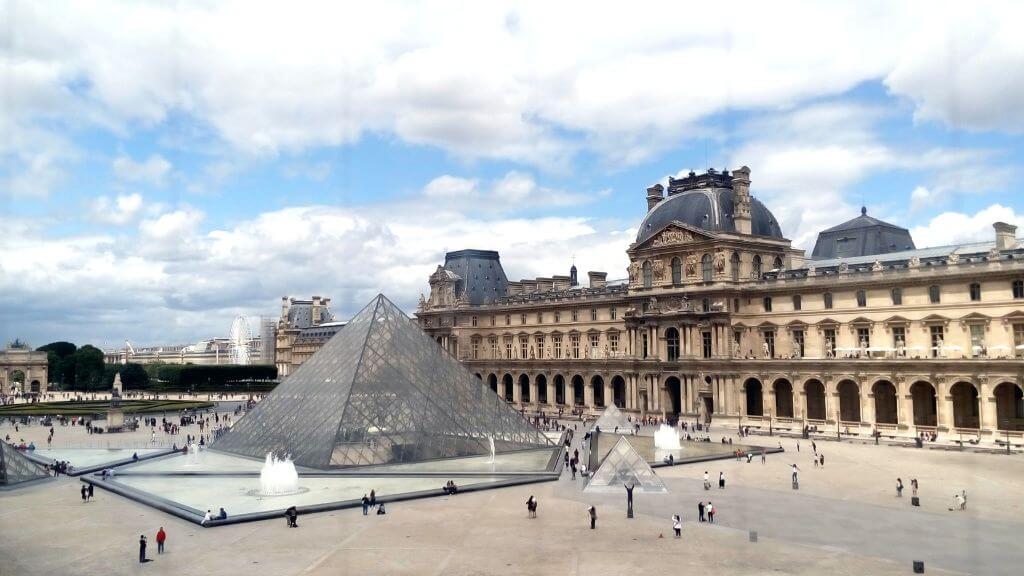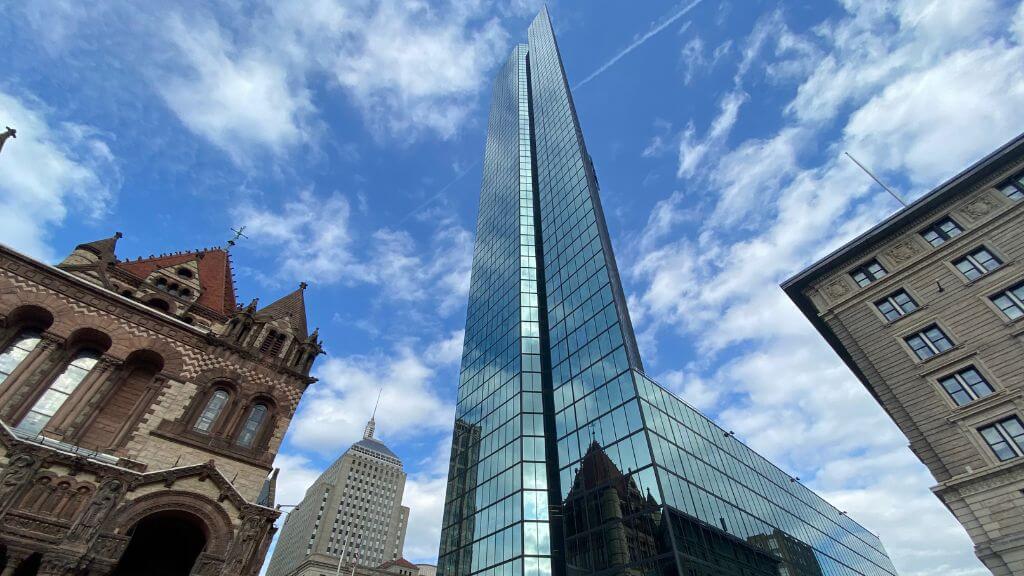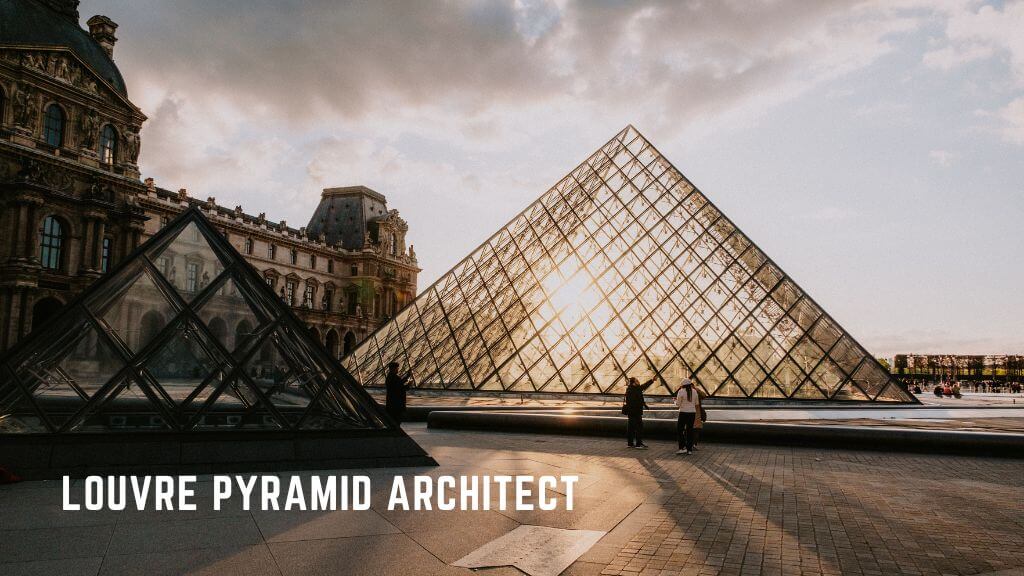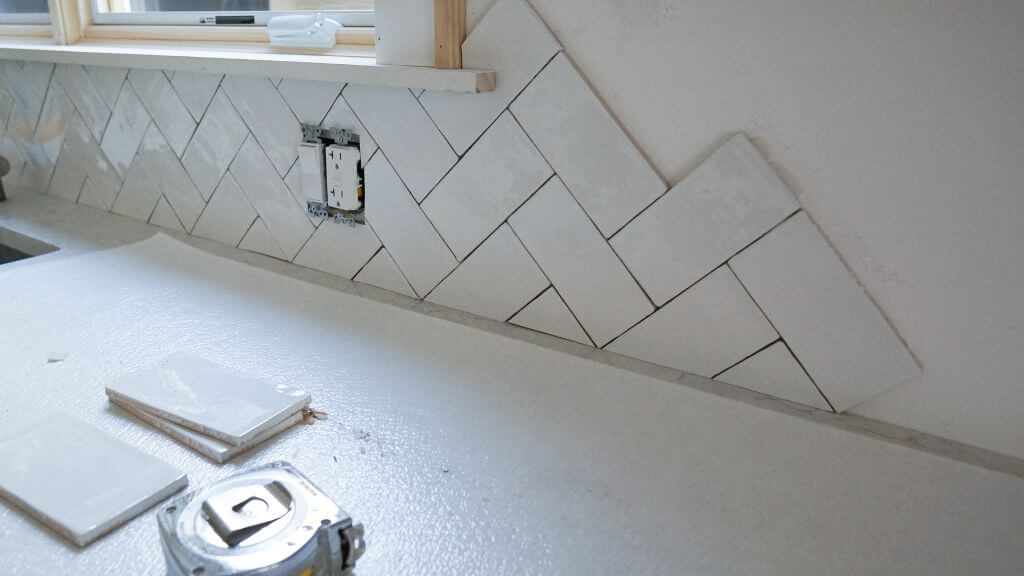Architects are always working to create new, unique and exciting buildings. However, it is important to remember that some buildings are timeless and will always have a place in the world. One such building is the Louvre Pyramid in Paris. This building has become an icon to millions of people around the world. The glass panels of the pyramid are shaped like diamonds and triangles. The building was designed by Ieoh Ming Pei, who is a Chinese-American architect.
I. M. Pei
IM Pei is an internationally recognized architect. He is known for his innovative use of geometric structures and precise geometry. His buildings span the 20th century. His work includes the Bank of China Tower in Hong Kong, the East Building of the National Gallery of Art in Washington, DC, and Dallas City Hall. His work has won numerous awards. His firm, Pei Associates, was founded in 1955. He retired from his firm in 1990, but he continued to design buildings in his retirement.
I M Pei was born in Canton, now Guangzhou, China. He moved to the United States when he was seventeen. He studied architecture at the Massachusetts Institute of Technology (MIT) and Harvard University. He graduated with a bachelor’s degree in 1940 and a master’s degree in 1946. He became a US citizen in 1955. He was elected to the American Institute of Architects and the American Academy of Arts and Letters. He was awarded the Gold Medal from the American Institute of Architects in 1979. He also won the Pritzker Prize.
In his late 80s, Pei started taking on new projects. In 1997, he built the Miho Museum in Kyoto, Japan, and in 2008, he opened the Museum of Islamic Art in Doha, Qatar. Both projects were inspired by the Islamic architectural history.
Pei’s pyramid at the Louvre was a controversial project in the 1980s. Many French people saw the structure as a mocking jab at then French President Francois Mitterrand’s Grand Louvre project.
Pei’s glass pyramid was a stark contrast to the traditional French style of the royal palace. It provided a symbolic entry to the Louvre, and it also reinforced the main entry. It became a widely recognized landmark.
Pei’s work also includes the John F. Kennedy Library and the National Center for Atmospheric Research in Boulder, Colorado. He was also awarded the Pritzker Prize and the Royal Gold Medal from the Royal Institute of British Architects. His work is also notable for his use of steel and glass.
He founded Pei Associates in 1955 with Henry N. Cobb. Pei’s work has been exhibited throughout the world.
The Louvre Pyramid

Located in Paris, France, the Louvre Pyramid was constructed in honor of Egyptian pharaoh Khufu. It is a large pyramid made up of limestone blocks from the River Nile. It is one of the most popular monuments in Paris. The pyramid is a major tourist attraction and it is also a great place to take pictures.
Besides being the tallest structure in Paris, the pyramid has also received a lot of criticism. Some critics believed that the glass pyramid was a big waste of money. Others claimed that it was a gimmick.
The pyramid has two main features: the glass and the inverted pyramid. The pyramid was designed by Chinese-American architect Ieoh Ming Pei. He designed the pyramid in order to blend with the architecture of the Louvre. He also envisioned a landscape.
The pyramid also has air fans on the inner face. These fans increase efficiency and reduce condensation. The glass used in the pyramid is a combination of diamonds and triangles. It is held in place by aluminum profiles.
The pyramid also contains sculptures and other artifacts. In addition, the pyramid contains a ticket office. The pyramid is also home to a shopping centre. There are interesting exhibits on each floor. The pyramid is also home to the Carrousel du Louvre.
The Louvre Pyramid has a total height of 20.6 meters. The base is 35 meters square. It is supported by 95 tons of steel and 105 tons of aluminum.
The Louvre pyramid is actually five pyramids arranged throughout the museum. The pyramid also features a welcome hall, an exhibition hall, a ticket office, and restaurants.
Besides being a masterpiece, the pyramid also helped change the way people thought of the Louvre. The pyramid became a national landmark, and it became a point of reference for other museums around the world.
It is worth mentioning that the Louvre pyramid is one of the most visited monuments in Paris. Besides the pyramid, visitors can also view the Mona Lisa and Venus de Milo at the Louvre.
The John Hancock Tower in Boston

Located in the Back Bay neighborhood of Boston, the Hancock Tower is one of the city’s most prominent landmarks. It stands at a height of 58 stories. The building contains an auditorium, shops, restaurants, and ticket windows. It also features a 60-foot illuminated spire.
The building was designed by architect Henry Cobb. He was a native of Brookline, Massachusetts and studied at the Harvard Graduate School of Design. Cobb was then an associate of Pei Cobb Freed & Partners, an architecture firm. He worked on a variety of projects including the Harbor Towers in New York and the Johnson & Johnson world headquarters in New Brunswick.
He also designed the East Building of the National Gallery of Art in Washington, D.C., which was adjacent to the original neo-Classical National Gallery. Cobb’s firm also designed the John Joseph Moakley U.S. Courthouse and Harborpark in New York.
John Hancock Mutual Insurance Company wanted a large headquarters near Copley Square. They initially had a proposal that would include 1.5 million square feet in one building. A year later, the company changed their requirements and wanted two million square feet in one building. The firm hired I.M. Pei to design the building.
Pei worked on several other important projects for the company. He also designed the John F. Kennedy Presidential Library in Boston. His firm later became Pei Cobb and Freed.
The firm was awarded a National Honor Award by the American Institute of Architects for the John Hancock Tower. It also received a Gold Medal of the American Institute of Architects in 1979. It also won the Pritzker Architecture Prize in 1983.
The building was completed in 1976. When the tower was finished, it was the tallest building in New England. It was also one of the first high-rise buildings to use reflective double-paned glass. However, the building suffered several engineering failures and the glazing was unable to withstand strong winds. The building was also four years behind schedule.
The tower faced criticisms for its aesthetic, structural, and technical issues. It was nicknamed “Plywood Ranch” by Bostonians. The building was also known for its blue windows. However, despite the criticisms, the building became a Boston icon.
The glass panels are in the shape of triangles and diamonds
Located in the center of the main courtyard of the Louvre Museum, the Louvre pyramid is a landmark for tourists. It was designed by Chinese-American architect Ieoh Ming Pei in the 1980s. In his design, he wanted to create an art glass pyramid that would complement the museum’s interior. He also wanted to create a glass pyramid that would give tourists an unobstructed view of the museum.
The Louvre pyramid is a combination of glass and metal. Its glass segments are shaped in the form of diamonds and triangles. The segments are supported by metal poles. They are also anchored in a structural glazing. This glazing is also used in home furnishings.
The Louvre pyramid was designed with the idea of enabling easier entry into the museum. Several street-level entrances were also included in the design. However, some critics were not too keen on the idea. There was also a campaign against the pyramid. It was accused of being over-the-top and disfiguring the architecture of the museum.
The pyramid was designed to filter large crowds at the museum entrances. It was built in the late 1980s. In the first four years, the number of visitors to the museum doubled. Despite the negative public opinion, the Louvre pyramid was a success.
The Louvre pyramid has a base area of 11,000 square feet. It is 71 feet high. It is made up of six hundred and seventy-three glass segments. Each segment is shaped in the form of diamonds or triangles. The glass panels are supported by 21-meter metal poles.
The pyramid’s glass segments are supported by a frame made of 6,000 bars of structural steel and aluminum. The structure is connected by sixteen steel cables. It has a total weight of 180 metric tons.
The pyramid’s construction was completed in 1989. It is now the primary entrance to the museum. It is located opposite the Jardin des Tuileries. Its design has become an icon of Paris. It is also one of the best places to take a picture of a sunset in Paris.



